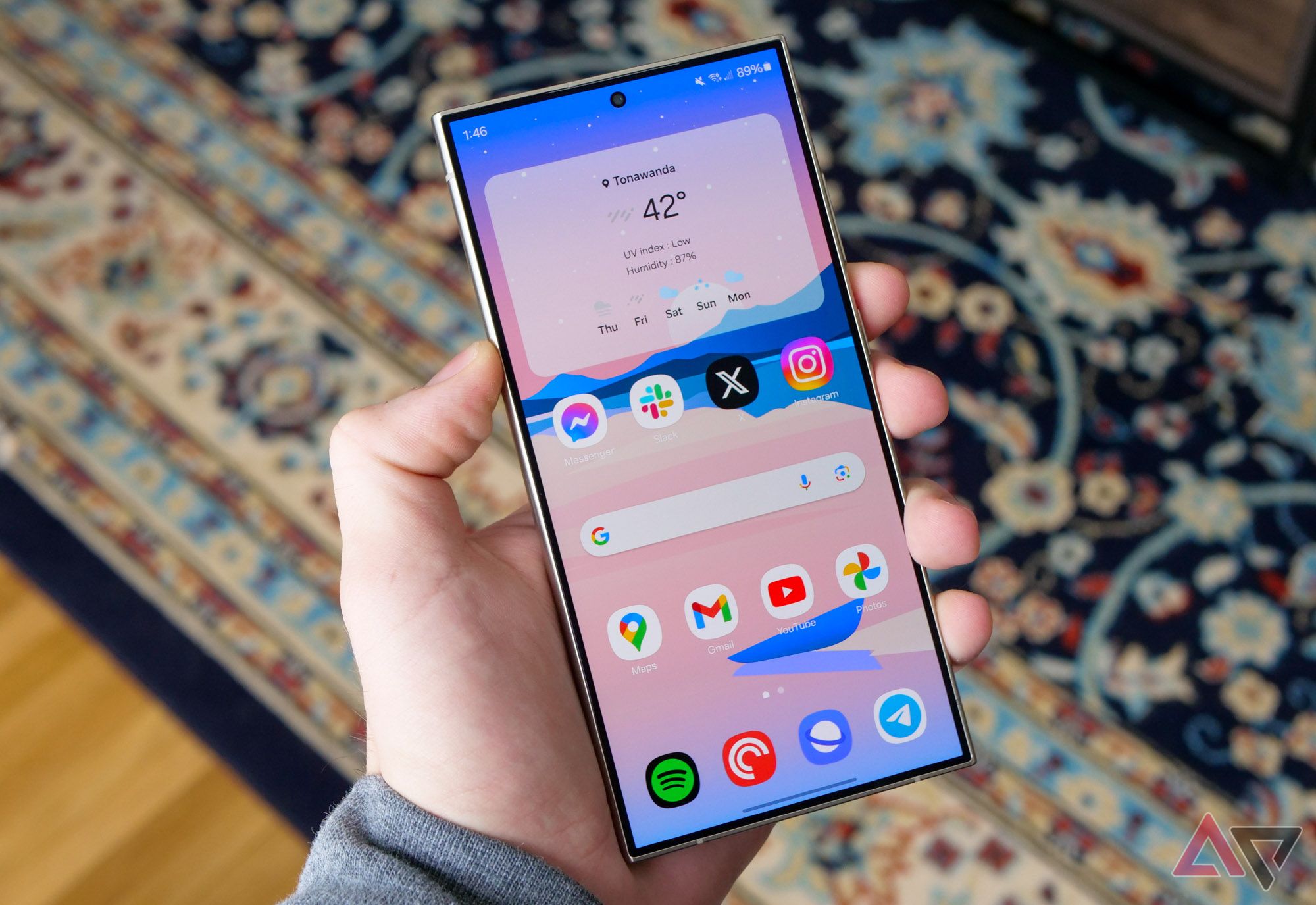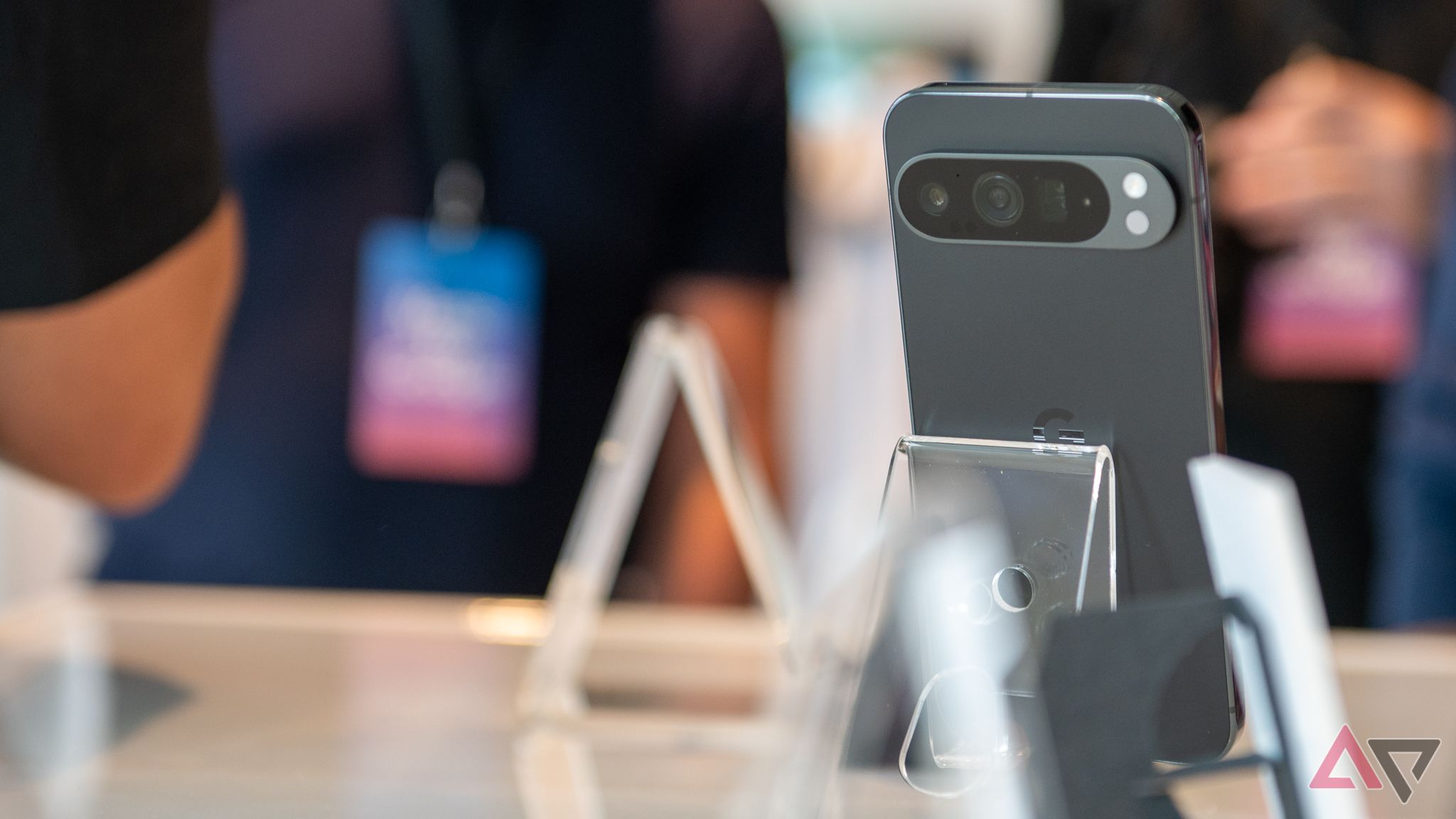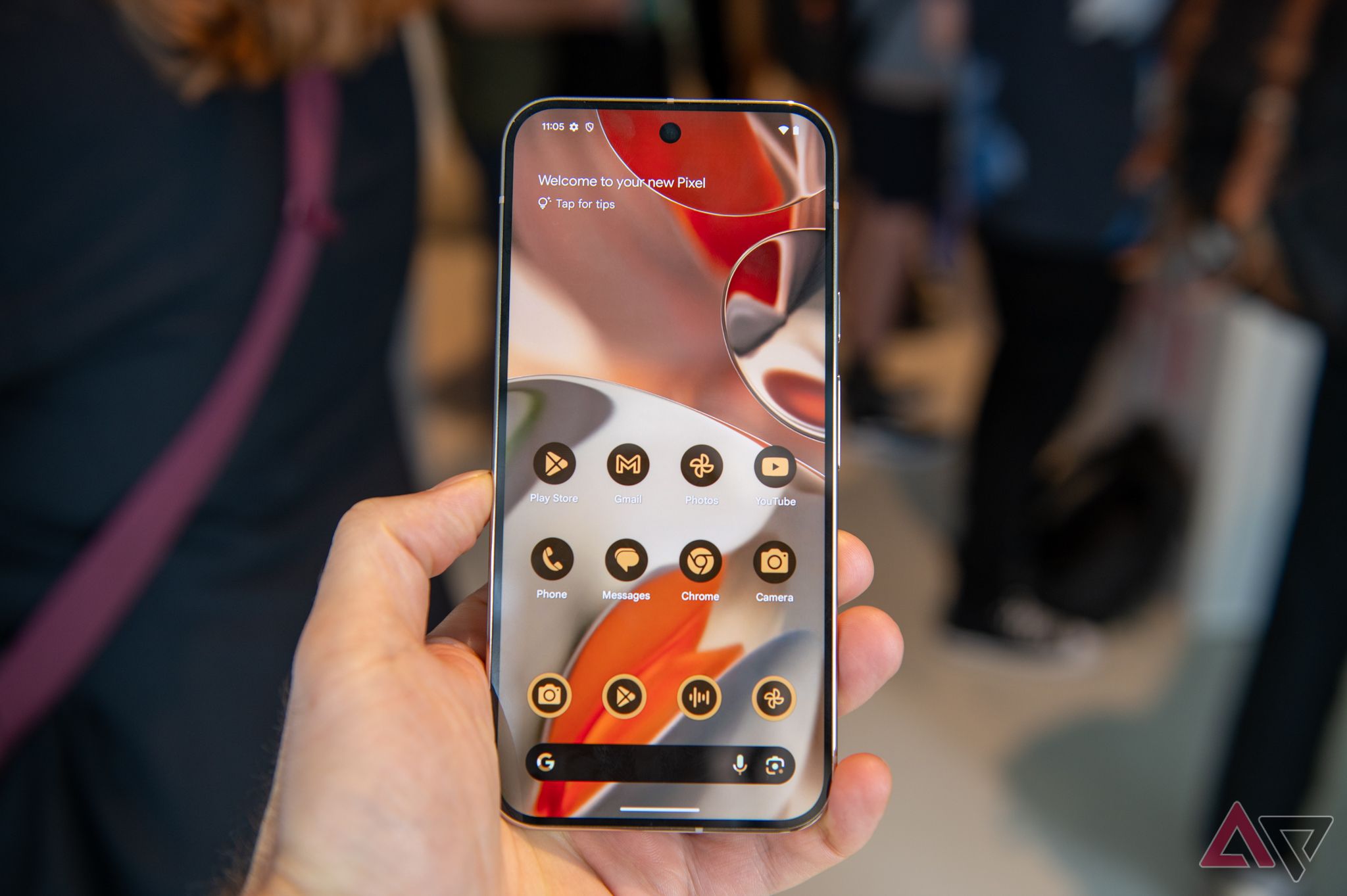Google’s latest and best-equipped Pixel phones are finally official. The Google Pixel 9 series might not impress you with its performance due to what appears to be a stop-gap solution with the Tensor G4. However, Google upgraded other aspects of the device, including using brighter displays, bumping the RAM to 16GB, and more. Yet, some cutting-edge features are missing from the Pixel 9 series, especially on the Pro variants that cost upwards of $1,000. Below are six features missing from Google’s 2024 Pixel 9 lineup.
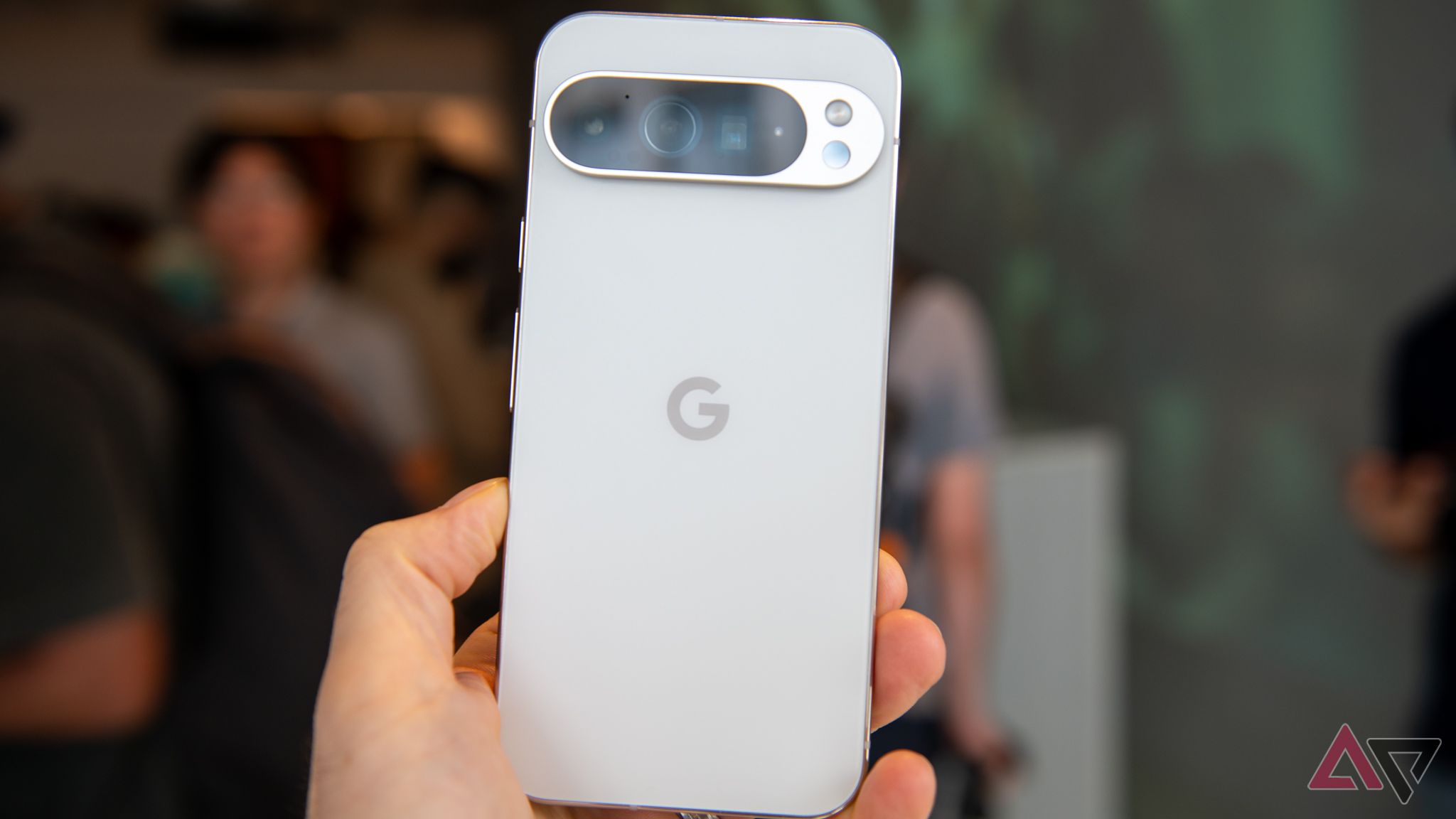
Related
Google Pixel 9: Price, specs, news, features, and release date
Google’s biggest mobile shakeup since Tensor is almost here
1 Gorilla Armor
The flagship Android phones launched this year use super bright OLED panels, with a peak brightness of nearly 3,000 nits. The Pixel 9 series is no exception, with the regular model offering a peak brightness of 2,700 nits. The Super Actua display on the Pixel 9 Pro and the 9 Pro XL can reach a claimed 2,000 nits when playing HDR content, with a peak brightness of 3,000 nits.
While these numbers are impressive, Google missed taking cues from Samsung for its 2024 flagship. The company should have used Corning’s latest Gorilla Armor Glass instead of Gorilla Glass Victus 2. On the Samsung Galaxy S24 Ultra, Corning’s newest glass reduces reflections by a claimed 75% for improved optical clarity. Testing shows it offers superior protection against scratches, with the manufacturer claiming four times enhanced resistance to micro-scratches.
Corning’s Gorilla Armor would have complemented the Pixel 9’s super bright displays and provided a better experience. We may need to wait another year to see Google use Corning’s new cover glass on the Pixel lineup.
2 Qi2
The Qi2 wireless charging standard officially debuted at CES 2023, with its final specifications released later that year. Qi2 brings MagSafe to Android, allowing compatible phones to snap onto wireless chargers and other accessories magnetically.
Following the launch of the Pixel 8 in 2023 without Qi2, a senior hardware engineer at Google joined the WPC board of members to lead the “design of next-generation wireless charging platforms for future products.” This sparked rumors that the Pixel 9 would adopt the Qi2 wireless charging standard. However, that isn’t the case, with Google’s 2024 Pixel lineup featuring regular Qi wireless charging.
Qi2 does not bump the wireless charging speeds. It’s still capped at 15W. To top up the Pixel 9 faster, you can use the Pixel Stand (2nd gen) to enjoy faster wireless charging speeds of up to 23W. But no Qi2 means you’ll miss out on the convenience the built-in magnets provide when attaching accessories or putting the phone on a wireless charger.
3 Higher base storage
Most flagship Android phones launched this year ship with 256GB of base storage. Given the $1,000+ prices for most of them, doubling the base storage from 128GB is the least companies can do. Yet, the entry-level storage for the Pixel 9 series is 128GB.
For price reasons, it would have been understandable if Google stuck to 128GB base storage on the Pixel 9. But there’s no excuse for the company to ship the $1,000 Pixel 9 Pro and the $1,100 Pixel 9 Pro XL with 128GB storage. You can take advantage of the various Pixel 9 pre-order deals to upgrade to more storage for free. However, this is only a pre-order offer, so other customers won’t benefit if they decide to purchase the phone after its launch.
4 Faster UFS 4.0 storage
As if the 128GB base storage was not enough, Google uses slower UFS 3.1 NAND flash on the Pixel 9 series. Many premium and flagship Android phones switched to faster UFS 4.0 storage chips in 2023.
Compared to UFS 3.1, the newer storage chip provides twice the bandwidth, offers higher read and write speeds of up to 4,200MBps and 2,800MBps, and delivers higher power efficiency. While the numbers claim some improvements, UFS 4.0 is not as groundbreaking as you’d think.
Still, faster storage speeds reduce app load and installation times. Plus, a NAND chip’s higher read/write speeds typically help in a device’s later years. Given that Google promises seven years of OS updates and Feature Drops for the Pixel 9, the lack of UFS 4.0 NAND flash on the phones is disappointing.
5 Macro support in telephoto camera
Google added macro support to the 48MP ultrawide camera across the entire Pixel 9 lineup. Macro support means you can close in on a subject to take breathtaking macro shots. While impressive, the company should have taken things up a level on at least its Pro models and added macro support to the telephoto camera.
Macro support in telephoto cameras is not a feature available in other flagship smartphones sold in the US, including the iPhone. However, phones sold in Asia and Chinese markets, like the Vivo X100 Ultra and Xiaomi 14 Ultra, sport telephoto macro lens. So, what’s the big deal about them? They let you capture stunning macro shots from a distance. We’ll let the pictures below speak for themselves.
While you can take such pictures using the Pixel 9’s ultrawide camera, it will be a challenge as you must get closer to the subject physically.
6 Android 15
A flagship Pixel phone’s launch is always associated with the release of a new Android phone. At least, that has been the story for almost the last decade. Still, the Pixel 9 is launching with Android 14, not Android 15. It’s unclear why Google decided to launch its newest Pixel with a year-old version of the OS.
Like other premium phones launched this year, it will be updated to the newest Android release later this year. Being a Pixel, it should be the first to get the update. But it’s a bummer that the phone is not launching with Android 15.
There’s always next year
There isn’t much you can do about the above features missing from the Pixel 9. However, you can enjoy Qi2-like functionality on the 2024 flagship Pixels by using cases or third-party MagSafe adapters. For other features, we hope Google adds them next year.
-
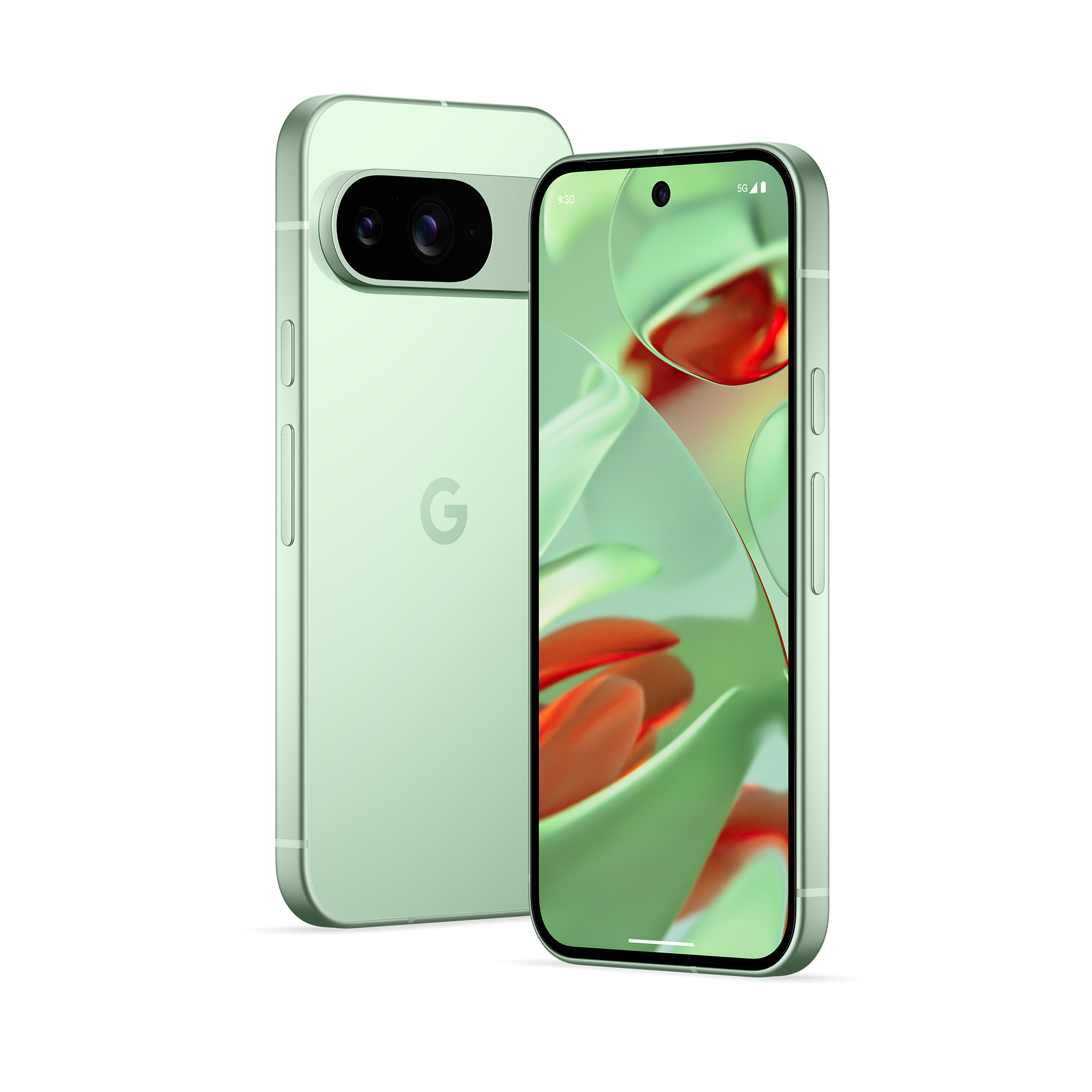
Google Pixel 9
The Pixel 9 brings the best bits of the Pixel 9 Pro at a lower price point. It uses the same Tensor G4 and primary and ultrawide cameras as its Pro siblings. Plus, you get Gemini integration and new AI features like Add Me and Pixel Screenshots.
-

Google Pixel 9 Pro
The Pixel 9 Pro is a new addition to Google’s lineup, slotting in as a smaller premium flagship to pair with the Pixel 9 Pro XL. The latter is the direct successor to 2023’s Pixel 8 Pro despite its new XL moniker, whereas the Pixel 9 Pro brings a new form-factor to Google’s high-end offerings, sporting the same dimensions as the standard Pixel 9 model while packing all the AI and camera prowess we’ve grown accustomed to from Google’s Pro lineup.
-
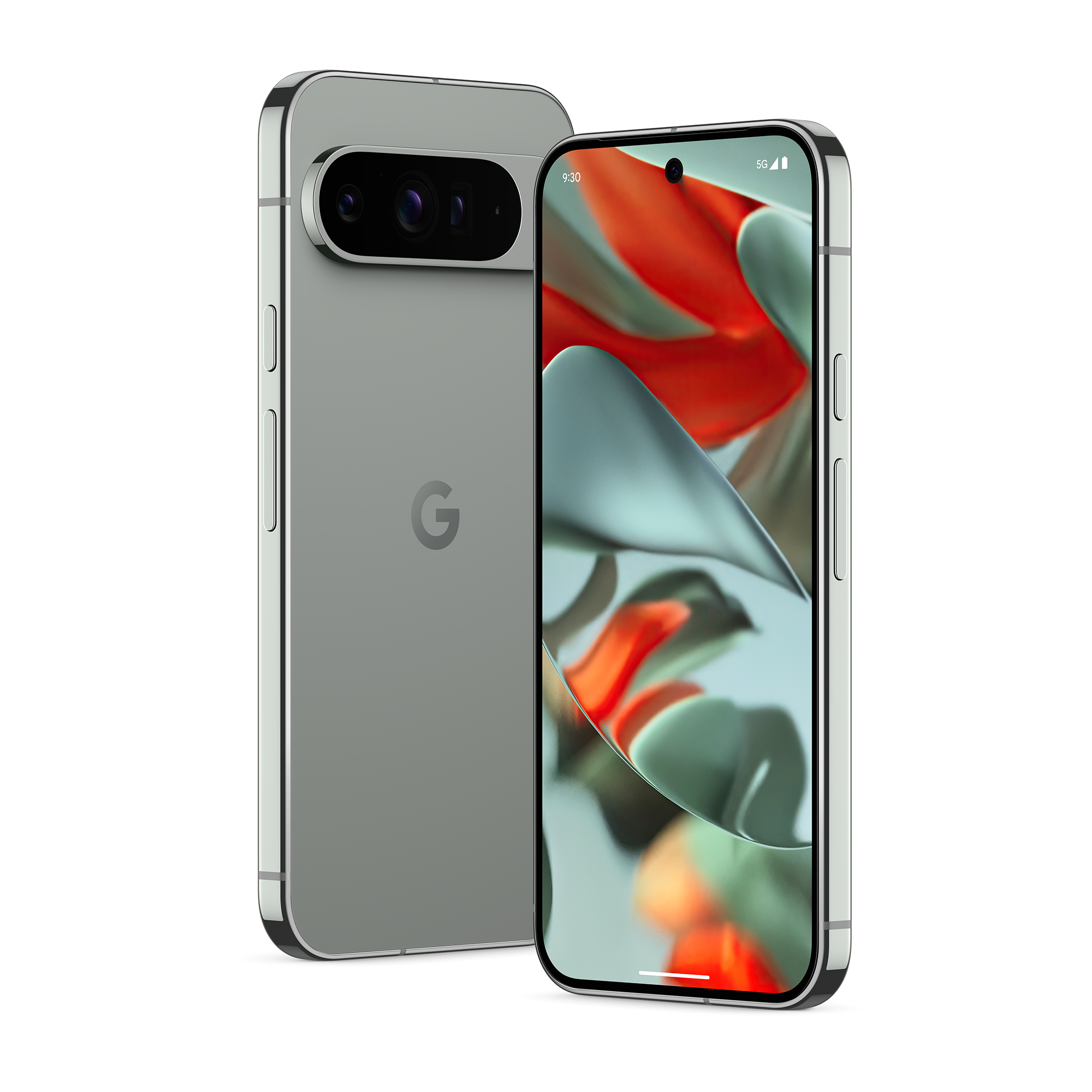
Google Pixel 9 Pro XL
The Pixel 9 Pro XL has a new name, but it fills the same slot as 2023’s Pixel 8 Pro, having similar specs with roughly the same footprint. The non-XL Pixel 9 Pro is new to the lineup as a smaller premium flagship offering. With the 9 Pro XL, however, you get Google’s fastest charging, a bigger screen and battery, and all of the camera and Gemini AI smarts you’d get in the smaller 9 Pro.
Source link
